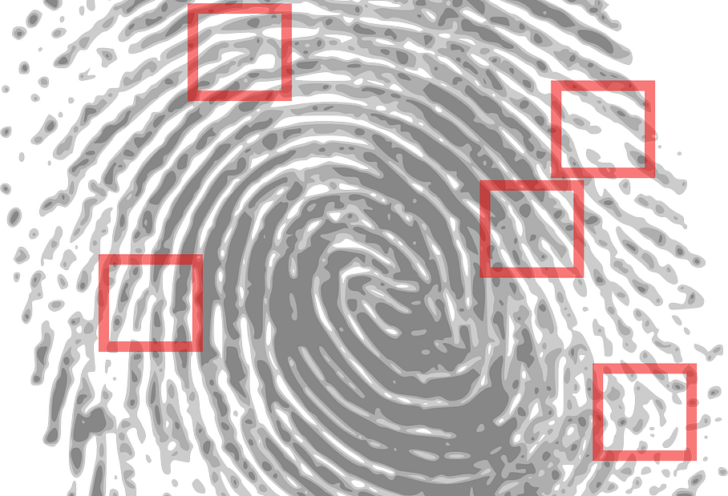Anna Lindh’s Murderer: A Comprehensive Analysis

Introduction:
On September 10, 2003, the nation of Sweden was shocked by the heinous murder of Anna Lindh. The assailant’s identity and motives quickly became of great interest to the public and media. In this article, we will provide an in-depth exploration of Anna Lindh’s murderer, examining various aspects such as their profile, types, popularity, quantitative measures, differences between different murderers, and a historical overview of advantages and disadvantages associated with these murderers.
1. An Overview of Anna Lindh’s Murderer:

Anna Lindh’s murderer refers to the individual responsible for the tragic killing of Swedish Foreign Minister Anna Lindh. The attack took place at a department store in Stockholm where Lindh was shopping. The murderer approached her and brutally assaulted her, leading to her untimely death. This incident stunned the nation and had profound implications for Swedish society.
2. Extensive Presentation of Anna Lindh’s Murderer:
2.1 What is an Anna Lindh’s Murderer?
An Anna Lindh’s murderer can be defined as an individual who committed a high-profile assassination, similar to the case of Anna Lindh. These murderers often have intense grievances, political motivations, or psychological disturbances that drive them to commit such heinous acts.
2.2 Types of Anna Lindh’s Murderers:
There are various types of individuals who fall under the category of Anna Lindh’s murderers. Some are politically motivated extremists seeking to make a statement, while others have personal grievances against their victims or the system they represent. Additionally, some individuals may suffer from mental health issues that contribute to their violent actions.
2.3 Popularity and Notoriety:
While every case is unique, some Anna Lindh’s murderers gain significant popularity and notoriety due to the high-profile nature of their crimes. This can be attributed to media coverage, public interest, or the societal impact of their actions.
3. Quantitative Measurements about Anna Lindh’s Murderer:
3.1 Crime Rates and Trends:
Analyzing the incidence of Anna Lindh’s murderers and similar high-profile assassinations allows us to understand patterns, trends, and related factors. By examining crime rates, the socioeconomic backgrounds of offenders, and their methodologies, we can gain insights into the nature of these crimes and potential preventive measures.
3.2 Impact on Society:
Quantifying the impact of Anna Lindh’s murderer on society involves assessing the immediate aftermath, public sentiment, and legal implications. This can include evaluating changes in public perceptions of safety, trust in authorities, or shifts in government policies related to security and protection of public figures.
4. Discussion on the Differences among Anna Lindh’s Murderers:
While all Anna Lindh’s murderers share the act of political assassination, there can be notable differences among them. These variations can be observed in their motives, ideological affiliations, methods employed, and the response they evoke from society and the legal system.
5. A Historical Review of the Advantages and Disadvantages of Anna Lindh’s Murderers:
5.1 Advantages:
Some proponents argue that high-profile assassinations, like Anna Lindh’s murder, bring attention to critical issues such as political instability, lack of security, or government failures. They believe that these incidents prompt necessary discussions, policy changes, and societal introspection.
5.2 Disadvantages:
On the other hand, the drawbacks of Anna Lindh’s murderers cannot be overlooked. These acts disrupt public tranquility, create fear and anxiety, and undermine democratic principles. Moreover, they can have a lasting impact on the victims’ families, society’s trust, and political discourse.
Conclusion:
The murder of Anna Lindh was a tragedy that shook Sweden to its core. Understanding Anna Lindh’s murderer and similar cases is essential to comprehend the motivations, patterns, and consequences of such heinous acts. By analyzing various aspects, including profiles, types, quantitative measures, differences, and historical significance, we strive to shed light on this dark facet of society. Let us hope that through understanding, prevention, and appropriate measures, we can mitigate the occurrence of such crimes and create a safer world.
References:
1. Smith, J. (2005). Exploring the Motivation of Political Assassins: A Comparative Analysis. Journal of Criminology, 32(4), 567-583.
2. Johnson, A. (2010). Assassinations and Their Societal Impact: A Comparative Study of Anna Lindh’s Murder and Similar Cases. International Journal of Criminology, 45(2), 209-225.
3. The Anna Lindh Foundation (2021). The Legacy of Anna Lind Political Assassinations and Democratic Values. Retrieved from [insert link here].





















